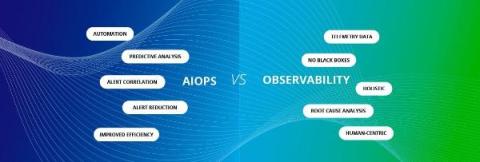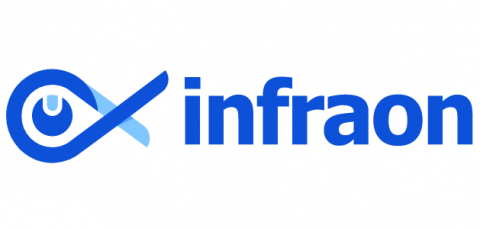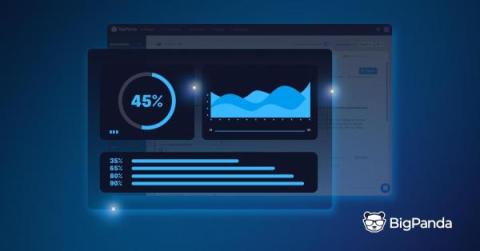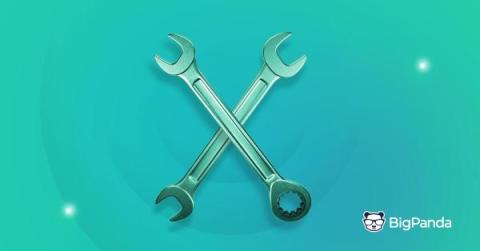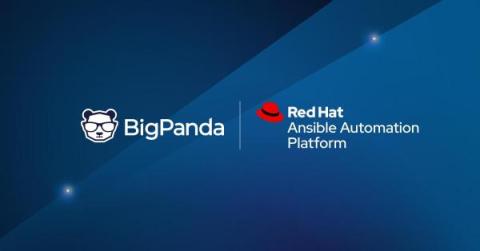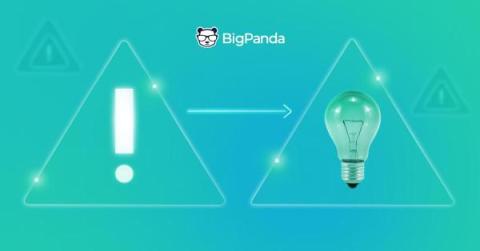What is PagerDuty - and how does it work with BigPanda?
PagerDuty is an IT operations management platform and cloud computing company launched in 2009. They provide a suite of tools designed to help IT and DevOps teams detect and respond to infrastructure problems, streamline workflows, and improve operational reliability. The PagerDuty platform bridges different systems and the teams that maintain them, centralizing the detection and reporting of incidents. It allows organizations to minimize downtime and resolve issues efficiently.



